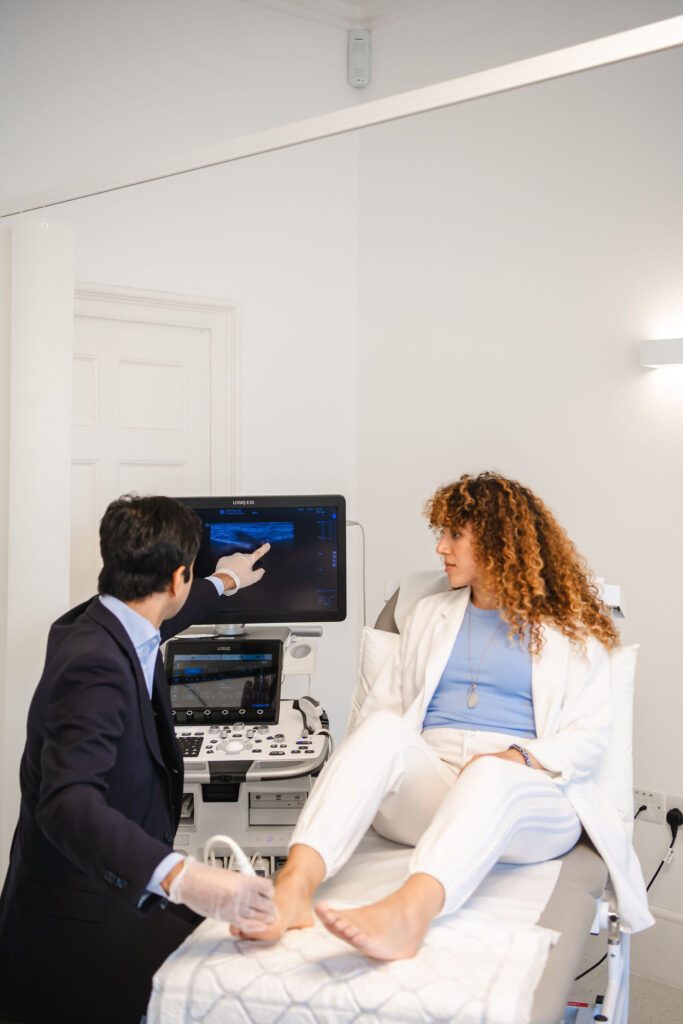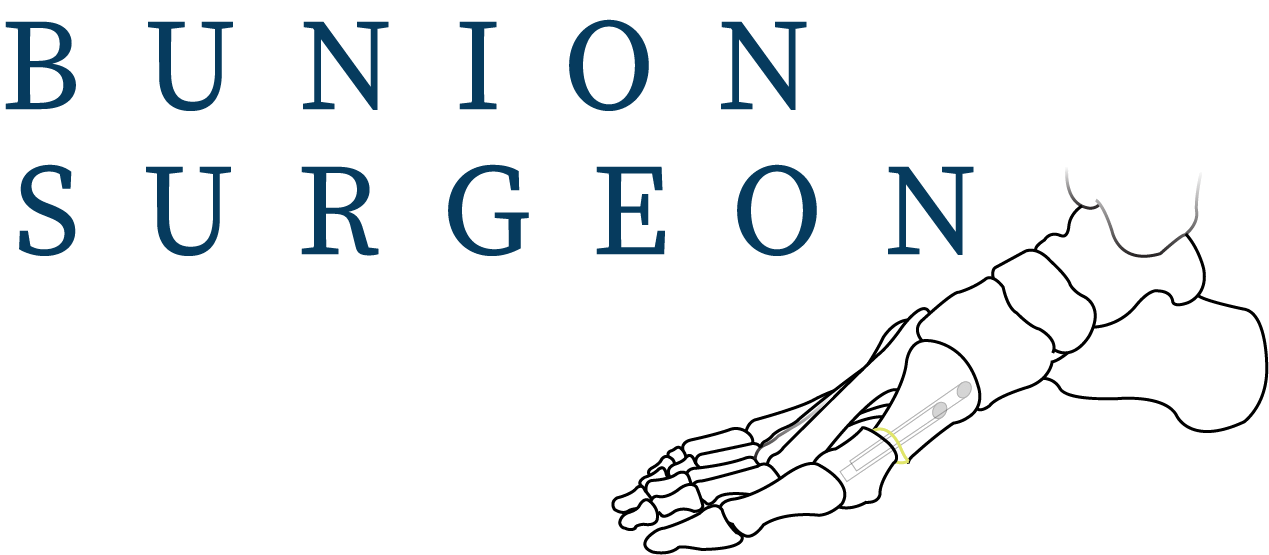Bunion Surgery
- Home
- Bunion Surgery
With over 98% success rate, The Bunion Surgeon is one of the leading Bunion experts in the UK, offering a minimally invasive keyhole bunion surgery only offered at a few sites in the UK.
Rapid Bunion™️ by Kaser Nazir
Walk Sooner, Heal Faster
How are Bunions Treated?
Bunions are a bony deformity that forms on the side of your foot below the big toe joint.
When a bunion develops the big toe will typically start to point towards the other toes on the same foot, which may then result in the metatarsal bone attached to point outwards.
-
Get Assessed
It's important we determine which surgery is most suitable for your type of Bunion and circumstances.
-
Foot X-Ray
We need to see what is going on inside your foot to see how best to treat your Bunion.
-
Perform Treatment
You will come in for a single day surgery, and be able to leave the same day.
-
Follow Up Care
We will give you instructions on your aftercare.


The Most Effective Surgery Option
Minimally Invasive Keyhole Bunion Surgery
Keyhole bunion surgery, or minimally invasive bunion surgery, is a modern technique to surgically correct a bunion.
The area heals much quicker than more traditional bunion correction. This is due to minimal scar tissue.
Read more about our minimally invasive surgery option, but speak to us about suitability to your type of business and circumstances.
Reduces Swelling
Less Painful
Less Scarring
Better Recovery
Alternatives
Other Surgery Options
Some bunions are not suited to the minimally invasive surgery option, in which case we have three other popular and highly effective surgery options which your surgeon will be able to decide upon for you in your consultation.
Book A Consultation
The best way to get started is to book a consultation.
